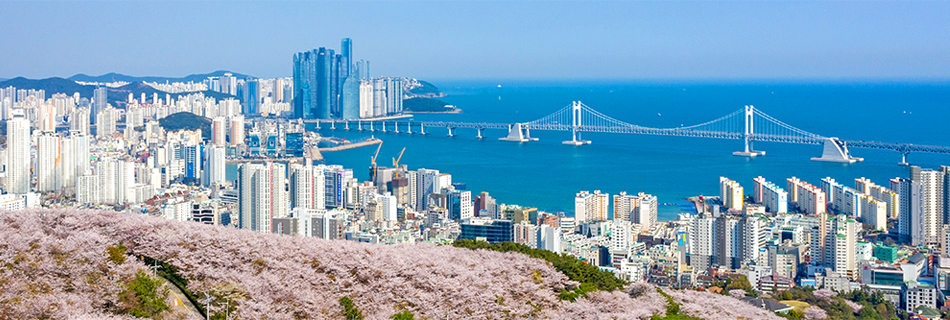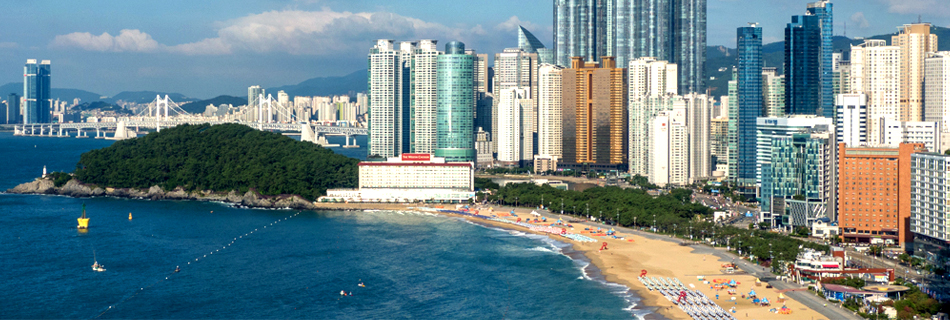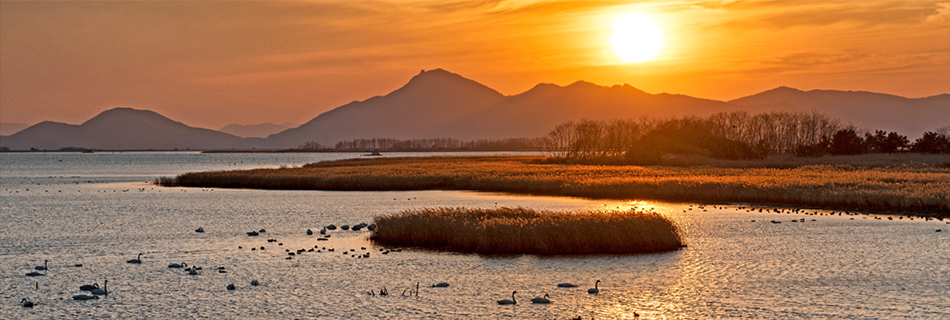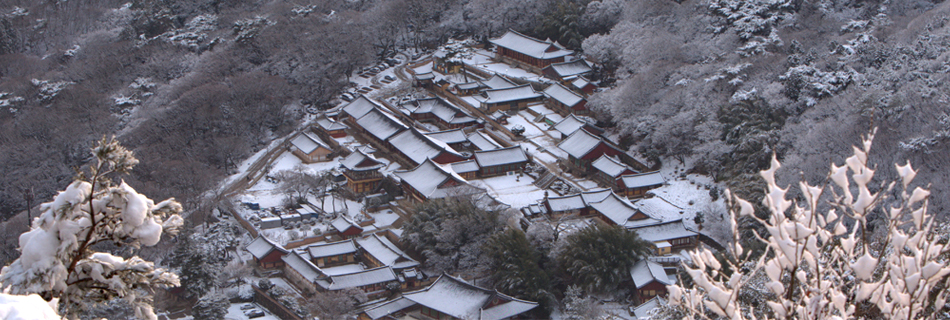Four Seasons

Spring
Spring begins in early March and ends in late-June. As the Siberian High begins to dissipate, the temperature increases. Busan possesses an average temperature of 14.9℃ which is higher than some neighboring cities like Ulsan and Tongyeong. However, due to a strong spring wind (average 4.4m/s), the heat index remains very low which can sometimes make for a cool beginning to the season.
In late March, apricot flowers and dandelions begin to bloom while in April, peach blossoms, swallows and frogs can be seen. Daily temperature ranges can vary widely and severe stretches of abnormally dry weather, periods of yellow dust and late frosts also commonly occur during the spring months.

Summer
Summer starts at the end of June and ends in early September. The rainy season starts the end of June and lasts until the beginning of August. Precipitation during the summer months accounts for 50 to 60 percent of the total for the year.
The average temperature in July is 23.9℃ and daily temperature ranges are very small at 5.3℃. Summer highs hit their peak at the end of July through mid-August when temperatures climb to 32°C. The city also experiences many tropical nights during this time as nighttime temperatures hover around 25℃.

Fall
Fall begins in early September and lasts through late November. Continental high pressure brings nice clear weather to the Busan area. In September, due to changing weather patterns, nighttime and morning lows both start to fall, with the average temperature for the month hitting 21.8℃ and 17℃ in October. From November, the temperature starts to drop suddenly due to strong, cold northwesterly seasonal winds.

Winter
Winter runs from the end of November and continues until the end of February with an average temperature of 3.8°C. Rising amounts of cold air over Siberia force bitter cold northwesterly monsoons down on the peninsula resulting in temperatures below the freezing mark. Due to changing local weather patterns, Busan will typically experience three cold days followed by four warm days throughout the winter months.
Busan has the mildest weather in Korea after Jeju Island as it has the second lowest number of days when the daily minimum temperature falls below zero at 53.
